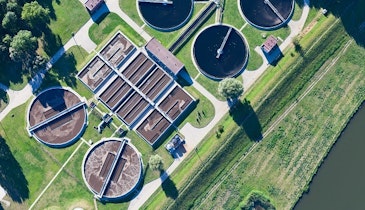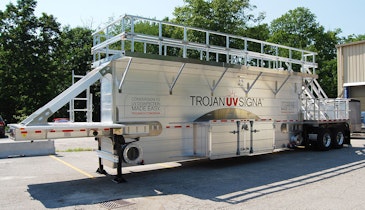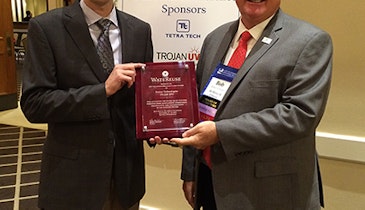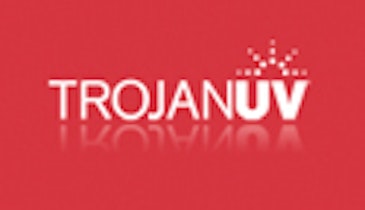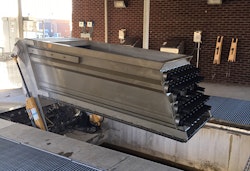
The City of Murfreesboro is located approximately 30 miles from Nashville. It is home to Middle Tennessee State University — the largest undergraduate university in the state — and to an ever-growing population. In fact, in 2017 Murfreesboro was listed among the top 15 fastest-growing cities in the U.S.
Population growth had led to many infrastructure upgrades, including at the Murfreesboro Water Resource Recovery Facility. The treatment plant, owned and operated by the Murfreesboro Water Resources Department (MWRD), is the only one serving the city.
Staff at the treatment plant employ the U.S. water and wastewater industry’s Effective Utility Management (EUM) system as a guide. Not only is the EUM a starting point for any utility’s path to effective and sustainable operations, it also helps treatment plant professionals take a 360-degree look at its utility and set key priorities.
In 1999, the MWRD decided to convert from chlorine disinfection to UV disinfection. Just like hundreds of other wastewater treatment plants at the time, they wanted an effective, environmentally sound disinfection solution and ultimately found one in the TrojanUV4000.
UV disinfection is a physical process that instantaneously neutralizes microorganisms as they pass by UV lamps submerged in the effluent. The process adds nothing to the water but UV light and therefore has no impact on the chemical composition or the dissolved oxygen content of the water. The inherent safety benefits are also among the reasons a growing number of wastewater treatment plants in North America now utilize UV disinfection systems instead of chlorine.
The TrojanUV4000 provided steadfast disinfection performance for nearly two decades. It wasn’t until 2013, driven by the need for increased capacity, that plant manager John Strickland started looking at his disinfection upgrade options. “Seventeen years of 100 percent effectiveness from our previous TrojanUV system made us confident that upgrading with TrojanUV would continue this excellent performance,” Strickland says.
The TrojanUV solution
Significant innovation had occurred in the 17 years since the TrojanUV4000 was installed at the Murfreesboro Water Resource Recovery Facility. Advancements associated with system efficacy, simplified maintenance and energy efficiency had been introduced, all of which correlate to cost savings. Such advancements can all be found in the TrojanUVSigna, the UV system that was selected for the upgrade.
“Product quality was the primary attribute,” Strickland says. “Our [water] is regulated by the United States Environmental Protection Agency and the Tennessee Department of Environment & Conservation, and our intention is to ensure full compliance at all times and never violate the permit that they have given to the City of Murfreesboro.”
